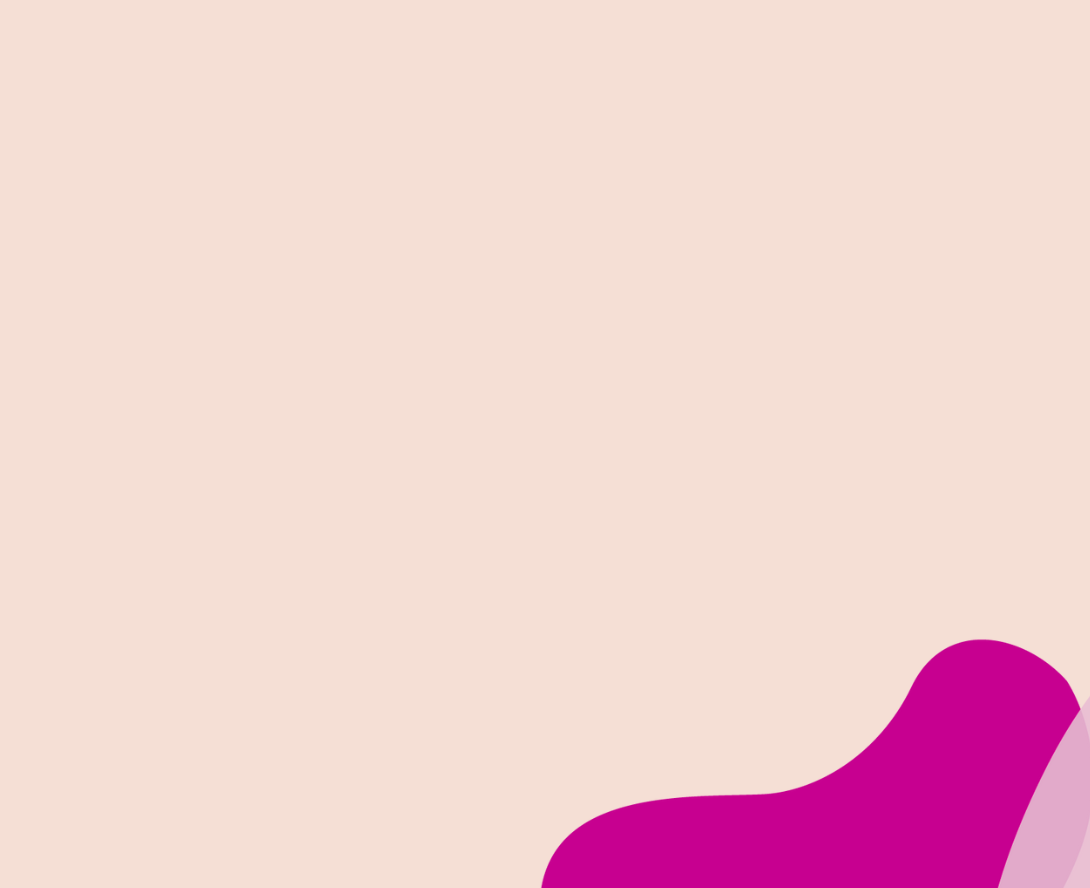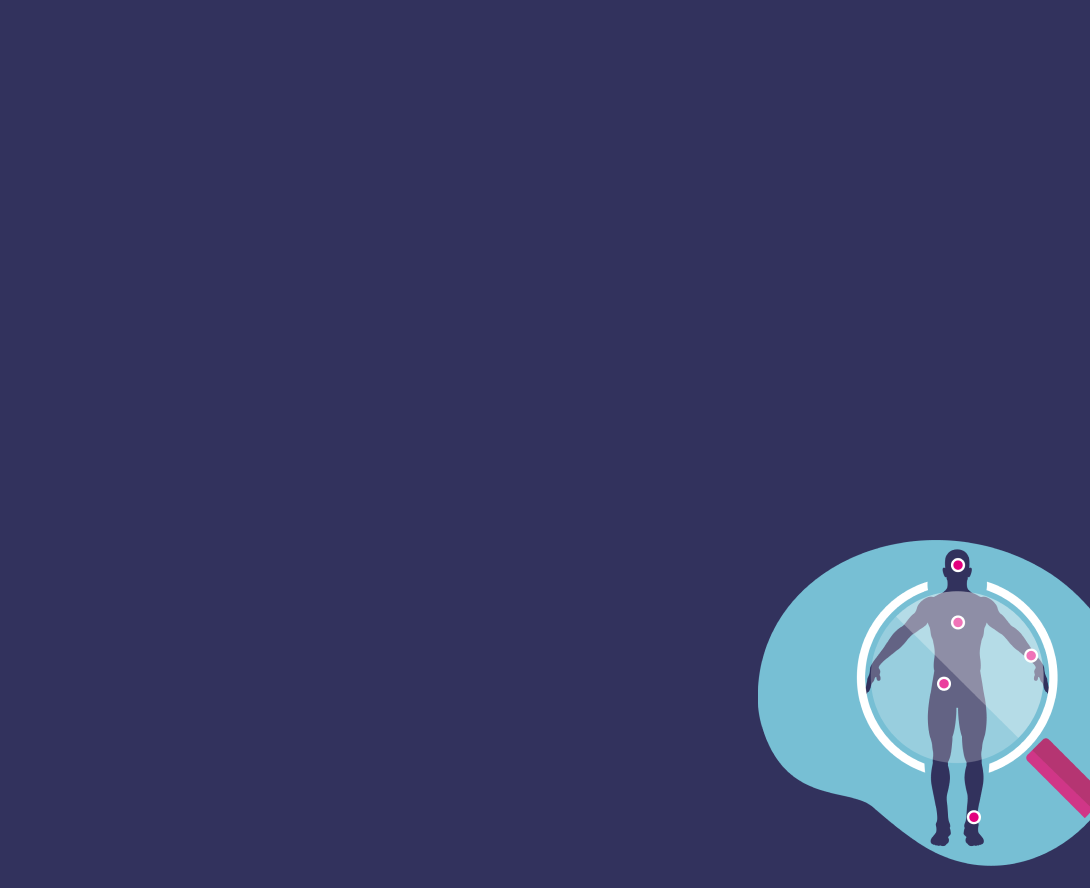Tension-type headache
Peer reviewed by Dr Hayley Willacy, FRCGP Last updated by Dr Colin Tidy, MRCGPLast updated 16 Jan 2025
Meets Patient’s editorial guidelines
- DownloadDownload
- Share
- Language
- Discussion
Medical Professionals
Professional Reference articles are designed for health professionals to use. They are written by UK doctors and based on research evidence, UK and European Guidelines. You may find the Tension headache article more useful, or one of our other health articles.
In this article:
Continue reading below
What is a tension-type headache?
Headaches are a major cause of morbidity. Tension-type headache (TTH) is a significant cause of sickness absence and impaired ability at work. TTH (previously just called tension headache) is classified as a primary headache according to the International Classification of Headache Disorders.1
TTH is a very common form of headache and is divided into:2
Infrequent episodic: less than 1 day of headache per month.
Frequent episodic: at least 10 episodes of headache occurring on fewer than 15 days per month on average, for more than 3 months.
Chronic: 15 days or more of headache per month, for more than 3 months, in the absence of medication overuse.
This separation seems slightly arbitrary but it has practical importance because the chronic type is more likely to be associated with comorbidity such as depression, which also needs to be treated if the condition is to be managed successfully.1
TTH is probably overdiagnosed: often what is diagnosed as TTH is in fact migraine. Always consider migraine if the headache had migrainous components.
As with many headache disorders, a good history (see box below) is essential to make the diagnosis. There are both physical and psychological aetiological factors. With the correct diagnosis, effective treatment and advice can be offered.
How common are tension-type headaches? (Epidemiology)2
The British Association for the Study of Headache (BASH) guideline states it has a mean global lifetime prevalence of 42%, and chronic tension-type headache has a global prevalence of 0.5–4.8%.1
It is slightly more common in women than in men.
The average age of headache onset is 25–30 years, with prevalence peaking at 30–39 years, and then declining slightly.
Continue reading below
Symptoms of tension-type headaches (Presentation)1
TTH is a featureless, often generalised, headache.
It is mild to moderate in severity.
Typically, TTH is described as pressure or tightness, like a vice or tight band around the head.23
There is often a relationship to the neck, with pain into or from the neck.
TTH can be disabling for a few hours but lacks the specific features and associated symptoms of migraine.
Although photophobia and exacerbation by movement are common to many headaches, photophobia, phonophobia and visual/sensorimotor disturbance are not present.
Mild nausea may occur, especially if there is medication-induced headache, but profound nausea and vomiting do not occur.
When compared to migraine, TTH is:
More gradual in onset.
More variable in duration (usually shorter).
More constant in quality.
Less severe.
Usually responsive to 'over-the-counter' medication (in the episodic variety).
Diagnosis of TTH is suggested by two of the following in at least ten previous headaches:
Bilateral or generalised, and of mild-to-moderate intensity (interfering with but not preventing activities).
Frontal-occipital.
Non-pulsatile in quality (pressing or tightening).
Not aggravated by routine physical activity.
History
Taking a headache history
A guide to important questions according to the British Association for the Study of Headache (BASH) guidelines and the National Institute for Health and Care Excellence (NICE).2
Headache diary
Consider advising the patient to keep a headache diary in order to distinguish infrequent episodic TTH (less than one episode per month), frequent episodic TTH (more than one episode per month) and chronic TTH.
Headache types
Establish how many different types of headache the patient experiences:
If the patient has more than one type of headache, take separate histories for each type of headache.
Time questions
Why consulting now?
How recent in onset?
How sudden in onset?
How frequent and what temporal pattern? (Distinguishes episodic, daily and unremitting.)
Duration?
Character questions
Intensity of pain?
Nature and quality of pain?
Site and spread of pain?
Associated symptoms?
Cause questions
Predisposing or trigger factors:
Co-existing depression or stress?
Lifestyle factors such as poor sleep patterns or lack of physical exercise?
Aggravating or relieving factors?
Family history of any similar headaches?
Response questions
What do you do during a headache?
How much are your activities limited?
What medication has been used?
How has the medication been used?
State between attacks
Completely well between attacks?
Any residual or persistent symptoms between attacks?
Any fears or concerns about recurrent headaches?
Any fears or concerns about the cause of headache?
TTH is suggested by the following history:
Time questions
10 or more previous headache episodes.
Often present at, or soon after, getting up in the morning.
Chronicity: a duration of more than five years is described by 75% of patients with the chronic variety.
Duration ranging from 30 minutes to seven days.
Character questions
Pain is mild-to-moderate in intensity.
Pain is described as:
'Fullness'.
'Tightness'.
'Squeezing'.
'Pressure'.
'Like a skullcap'.
'Band or vice-like'.
Pain is bilateral and occipito-nuchal or bi-frontal.
Associated symptoms:
Muscular tightness or stiffness in the neck, occipital or frontal regions.
Difficulty concentrating.
Symptoms of stress and anxiety.
Insomnia.
Usually no photophobia or phonophobia (may be one or both of these symptoms).
No nausea or vomiting.
No prodrome.
Cause questions
Anxiety.
Depression.
Poor posture.
Poor sleep.
Stress.
Muscular tightness (as above).
Usually relieved by simple analgesics.
Response questions
Patients can usually manage their normal activities.
Simple analgesics will have been tried, and are usually effective.
State between attacks
Well between attacks.
May be anxious about the headaches.
Examination1
This will be normal in TTH and is performed to exclude other causes and to reassure the patient. There may be some tenderness in the scalp or neck (especially the upper cervical muscles, with occipital headache). Examination should include:
Head and neck.
Blood pressure.
Optic fundi.
Differential diagnosis
The following alternatives should be considered and can usually be excluded by history and examination:
Carbon monoxide poisoning.
Continue reading below
Diagnosing tension-type headaches (investigations)1
These do not generally contribute anything to the diagnosis of TTH. They may be required if history or examination suggests the headache is secondary to another condition. Cervical spine X-rays and eye tests are unlikely to contribute to the diagnosis.
Management of tension-type headaches1 3
Non-pharmaceutical management
Reassurance through a positive diagnosis, based on the features of the headache.
Appropriate explanation and discussion. Reassurance that the condition is self-limiting and not serious. Neuro-imaging should NOT be used to reassure patients.3
Attention to any stress, anxiety or depression.4
Appropriate advice on exercise and posture. TTH is more common in sedentary people and regular exercise is potentially beneficial.
Physiotherapy may be helpful for mobilisation, and correction of contributing postural factors may be helpful. It can also help where there has been neck trauma such as whiplash injury but is less likely to be helpful where degenerative disease of the neck is a contributing factor.
Advice on use of any medication: opioids including codeine should be avoided because of the risk of medication-induced headache.
Lifestyle changes and cognitive therapy to help reduce stress may also be helpful.
There is some evidence for acupuncture in the management of episodic and chronic TTH.5
There is also some evidence for osteopathy in the management of chronic TTH.6 .=
Pharmaceutical management
Simple analgesics:1
Symptomatic or acute treatment is not usually beneficial, although it can be appropriate for episodic TTH occurring on fewer than two days a week.
Over-the-counter medication with ibuprofen 400 mg is the first choice.
Other non-steroidal anti-inflammatory drugs (NSAIDs) - naproxen 250 mg-500 mg, ketoprofen 25 mg-50 mg - are sometimes indicated. Paracetamol 500 mg-1000 mg is recommended for those intolerant of NSAIDs but appears less effective.
Advise to avoid the frequent and excessive use of acute analgesia due to the risk of developing medication overuse headache. As the frequency of headaches increases, so does the risk of medication-induced headache.
Tricyclic antidepressants:1
Drug prophylaxis with amitriptyline 10 mg nocte, increasing in dose increments of 10–25 mg every 1–2 weeks, up to a maximum dose of 150 mg ('off-label' indication).
Drug prophylaxis should be used instead of acute treatment for attacks.
Suggest a trial of treatment for at least 2–3 months before stopping if it is ineffective. If there is a good response to treatment for at least 6 months, consider gradually reducing and stopping amitriptyline.
Other analgesics are not indicated: codeine and dihydrocodeine should be actively avoided in chronic TTH.
Prognosis2
Infrequent episodic tension-type headache is usually self-limiting, and over-the-counter simple analgesia is usually effective.
Chronic tension-type headache can evolve from frequent episodic tension-type headache, with daily or very frequent episodes.
Symptoms of primary headache disorders tend to improve with increasing age.
Prevention of tension-type headaches
It is important to beware of creating cases of medication-induced headache. Those at risk are patients using analgesics (or triptans) for more than 17 days a month.
Dr Mary Lowth is an author or the original author of this leaflet.
Further reading and references
- Ghadiri-Sani M, Silver N; Headache (chronic tension-type). BMJ Clin Evid. 2016 Feb 5;2016. pii: 1205.
- National Headache Management System for Adults 2019; British Association for the Study of Headache (2019)
- Steiner TJ, Jensen R, Katsarava Z, et al; Aids to management of headache disorders in primary care (2nd edition) : on behalf of the European Headache Federation and Lifting The Burden: the Global Campaign against Headache. J Headache Pain. 2019 May 21;20(1):57. doi: 10.1186/s10194-018-0899-2.
- National Headache Management System for Adults 2019; British Association for the Study of Headache (2019)
- Headache - tension-type; NICE CKS, July 2022 (UK access only)
- Headaches in over 12s: diagnosis and management; NICE Clinical Guideline (September 2012, last updated December 2021)
- Baskin SM, Lipchik GL, Smitherman TA; Mood and anxiety disorders in chronic headache. Headache. 2006 Oct;46 Suppl 3:S76-87.
- Linde K, Allais G, Brinkhaus B, et al; Acupuncture for the prevention of tension-type headache. Cochrane Database Syst Rev. 2016 Apr 19;4:CD007587. doi: 10.1002/14651858.CD007587.pub2.
- Chin J, Qiu W, Lomiguen CM, et al; Osteopathic Manipulative Treatment in Tension Headaches. Cureus. 2020 Dec 12;12(12):e12040. doi: 10.7759/cureus.12040.
Continue reading below
Article history
The information on this page is written and peer reviewed by qualified clinicians.
Next review due: 15 Jan 2028
16 Jan 2025 | Latest version

Ask, share, connect.
Browse discussions, ask questions, and share experiences across hundreds of health topics.

Feeling unwell?
Assess your symptoms online for free